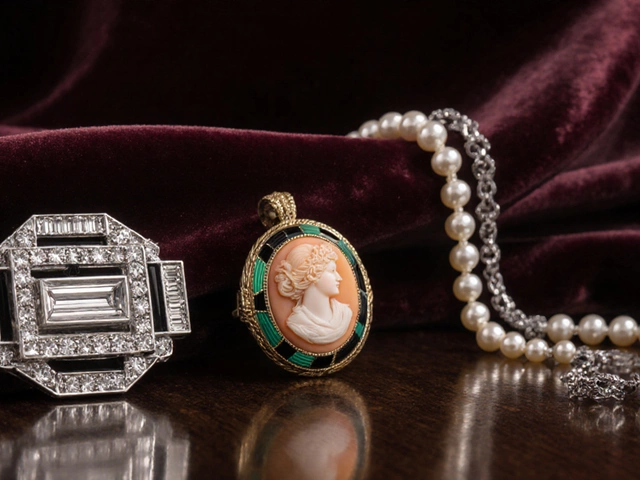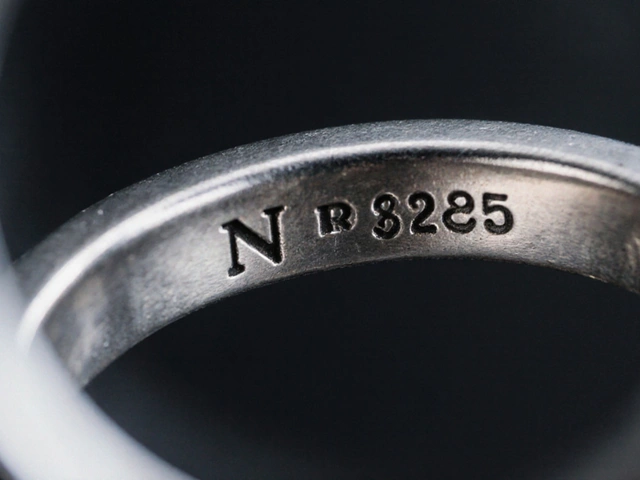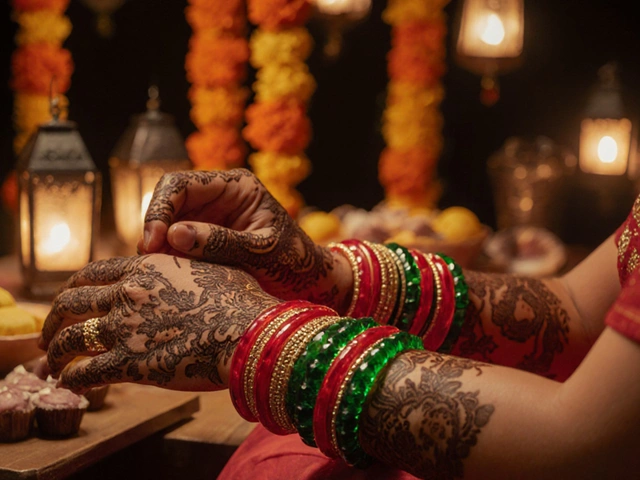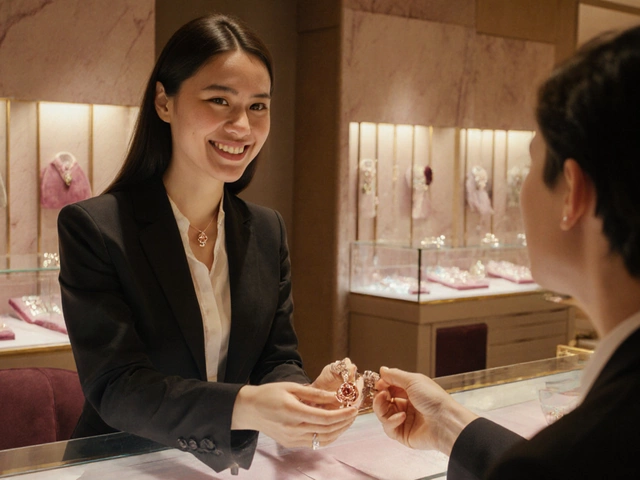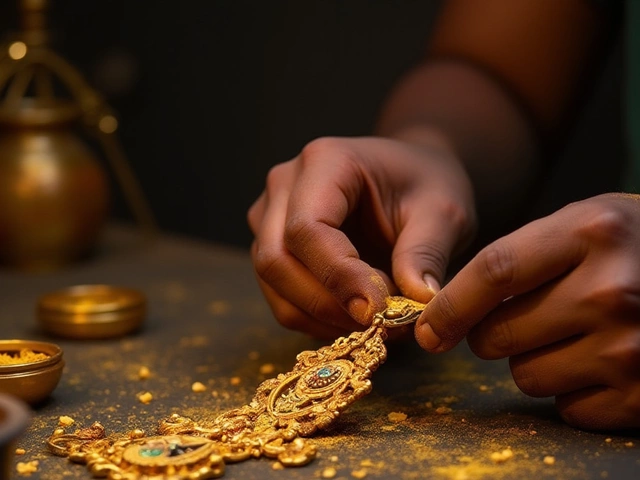Indian Christian Traditions: Jewelry and Cultural Insights
When exploring Indian Christian traditions, the blend of faith and local customs that shape celebrations, attire, and jewelry across India. Also known as Indian Christian customs, it reflects centuries‑old rituals mixed with regional flavors. Indian Christian traditions guide everything from the ceremony music to the way families dress for the big day.
Key Jewelry Pieces in Indian Christian Weddings
The wedding ceremony often centers on the Mangalsutra, a sacred necklace tied by the groom to symbolize lifelong commitment. Although originally a Hindu symbol, many Indian Christian families have adopted it as a sign of marital bond, sometimes swapping the traditional black beads for pearl or gold designs that match the bride’s dress. This piece links the religious oath to a tangible token, making it a focal point for guests and photographers alike.
Another staple is the Bangle, a circular armlet worn in pairs or multiples to convey blessings and protection. In Christian celebrations, families often choose glass or colored stone bangles that echo the church’s stained‑glass palette. The number of bangles can vary by region—some say three for the Trinity, while others favor a dozen to represent the twelve apostles. Their bright clink adds a joyous soundtrack to the procession.
For brides from northern states, the Choora, a set of red and white bangles traditionally given to a newly‑wed woman still makes an appearance, even in Christian ceremonies. The red hue signals fertility and love, while the white balances purity. Families often hand the choora over in a separate ritual called "Choora Bidaai," giving the bride a moment to reflect before stepping into married life.
Temple jewellery, typically associated with Hindu worship, also finds a place in Christian festivities, especially among coastal communities. The Temple jewellery, exquisite gold pieces featuring intricate motifs like peacocks, lotuses, or crosses can be repurposed as bridal necklaces or earrings. Because these designs echo local artistry, they help the ceremony feel rooted in the region while still honoring Christian faith.
Beyond these primary items, other accessories weave into the cultural tapestry. Waist chains, known as kamarband, are sometimes draped over the bridal gown to signify fertility and prosperity. Chakra jewellery—necklaces or bracelets aligned with the body’s energy points—appears in modern Christian weddings that embrace spiritual wellness alongside religious devotion. Even the colors chosen for gold, silver, or gemstone pieces follow unwritten rules: deep reds clash with bright gold, while muted blues complement pearl settings.
Modern Indian Christian families balance tradition with personal style. Many opt for minimalist designs that still echo classic symbols, such as a simple cross pendant paired with a single gold bangle. Others blend contemporary materials—like rose gold or stainless steel—with age‑old motifs to create a fresh look. Whatever the choice, the underlying principle remains the same: jewelry acts as a visual narrative of faith, family, and cultural identity.
Below you’ll find a curated selection of articles that dive deeper into each of these jewelry pieces, their histories, buying tips, and care advice. Whether you’re planning a wedding, searching for a meaningful gift, or just curious about how Indian Christian traditions shape everyday style, the posts ahead will give you practical insights and plenty of inspiration.
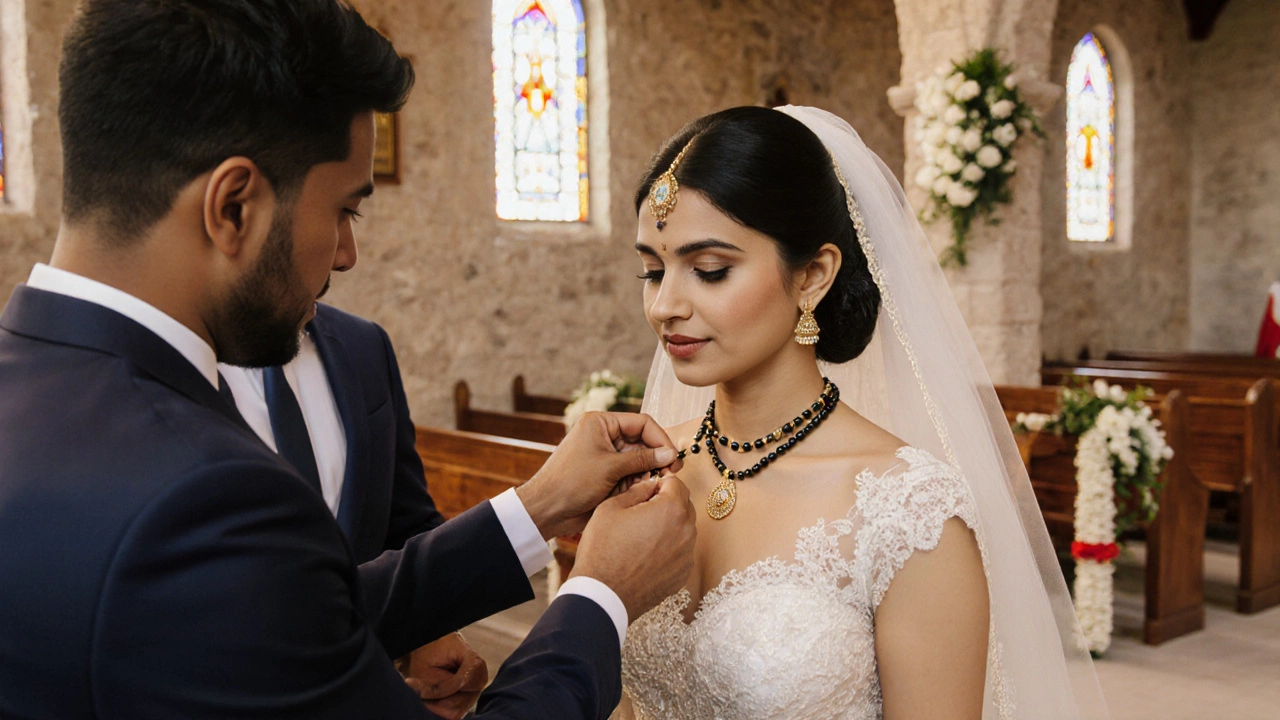
Why Christians Wear Mangalsutra: Meaning, History & Modern Trends
Explore why Indian Christian brides wear mangalsutra, its history, symbolism, and modern design trends in a clear, practical guide.
read more
